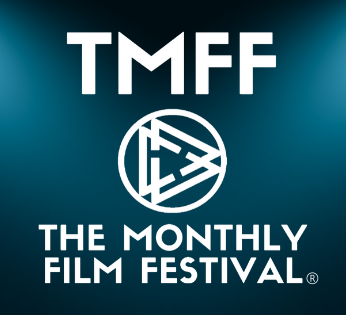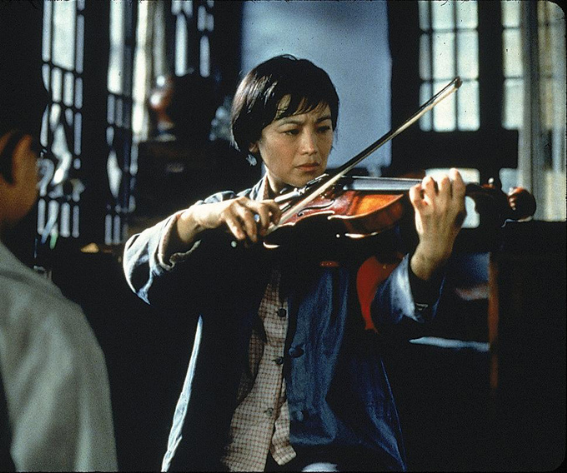Short films have a unique power to captivate audiences within minutes by delivering emotion, meaning, and impact precisely. Every frame and moment should have a clear purpose. Filmmakers achieve what many feature films cannot accomplish in longer runtimes: they create something memorable and meaningful.
Forming meaningful connections, such as dating foreign women, can leave a lasting impact. Similarly, a short film should evoke something that lingers in the viewer’s mind long after it ends. Filmmakers need to focus on key elements that capture attention, evoke emotion, and communicate their message clearly.
From the opening hook to the final scene, every choice should be deliberate and powerful. A successful short film relies not only on the story but also on the way it is told. Creativity, precision, and emotional depth allow it to leave a lasting mark despite its brief length.
Key Elements of a Compelling Short Film
A Strong Hook
The first seconds of a short film are vital. A powerful opening grabs attention and sets the tone. Whether through a striking image, dramatic moment, or captivating dialogue, the hook invites viewers into the story. Without it, the audience may lose interest early.
Films like The Black Hole, where a man finds a mysterious portal, and Piper, about a baby bird learning to find food, show memorable hooks. These openings quickly establish stakes and themes and draw viewers in from the start.
Emotional Impact
With limited time, short films must quickly form an emotional connection. They should evoke feelings like joy, fear, sadness, or empathy to leave a lasting impression.
For example, The Silent Child tells a powerful story about a deaf girl who finds her voice. The film highlights her struggles and her bond with a social worker. Stutterer follows a man who tries to overcome his speech impediment and form meaningful connections. Both films create strong emotional effects within a short timeframe.
Clear Focus and Theme
Short films shine when delivering a clear message without distractions. A focused storyline keeps the narrative sharp and impactful.
God of Love and The Present succeed by sticking to their themes — love and the importance of a gift. Every scene supports the core message and avoids unnecessary details. This clarity helps short films communicate what matters most.
The Art of Character Development in Short Films
Creating strong characters in short films is challenging. Filmmakers have limited time to introduce, develop, and resolve characters, yet they should make the audience care deeply about them.
Here’s how effective character development is achieved:
- Clear purpose — The character’s goals or struggles appear early.
- Visual storytelling — Actions and surroundings reveal personality.
- Emotional realism — Characters reflect genuine human emotions.
- Defined arc — There is a sense of growth or shift by the end.
The Big Sick and Curfew both show this well. Each film introduces a strong central conflict and builds emotional investment fast, which makes the characters memorable despite the short length.
Crafting a Tight and Engaging Plot
The Importance of Simplicity
Short films succeed by telling simple, focused stories. Limited runtime leaves no room for complex plots or multiple subplots. Clear and straightforward narratives keep viewers engaged and help convey the emotional core without confusion.
Two Cars, One Night illustrates this well. The story follows two teenagers meeting at a gas station. Though simple, their interaction reveals themes of youth, loneliness, and connection. This film shows that a clear, well-crafted premise can leave a lasting impact.
Pacing and Timing
The story should flow naturally, with each scene serving the larger narrative. Rapid shifts in tone, time, or location often occur, so precise timing keeps momentum. If the pace is too slow, the film drags; too fast, and it loses emotional impact.
La Jetée and The Gunfighter show excellent pacing. La Jetée combines still images and narration to maintain tension, while The Gunfighter plays with audience expectations, which leads to a comedic yet thoughtful climax. Both use timing to move the story forward without losing emotional or narrative weight.
Visual Storytelling in Short Films
Using Cinematography to Enhance the Narrative
Cinematography is a powerful tool in short films. It sets the tone, reveals emotions, and advances the plot without words. Lighting, framing, and color choices amplify the story and convey deeper meanings beyond dialogue or narration.
In The Love Letter, lighting and shadow express the character’s internal struggle. In The Black Hole, the cinematography of the mysterious portal adds danger and intrigue, which drives the narrative forward.
Symbolism and Visual Metaphors
Filmmakers use symbolism and visual metaphors to add layers of meaning. Simple images like a door, color, or gesture can convey deep themes that support the story’s emotional core.
In The Present, giving and receiving a gift serve as a metaphor for love, forgiveness, and personal transformation. These visual elements invite the audience to engage with the film on a deeper level.
The Role of Sound and Music in Short Film Storytelling
Sound and music play a crucial role in this format by providing emotional depth and guiding the audience’s feelings. From subtle natural sounds like rustling leaves to powerful orchestral scores, sound design creates an immersive atmosphere. It enhances tension, highlights key moments, and supports the story’s mood.
Creating a Memorable Ending
A short filmєs ending can make or break its impact. A memorable conclusion leaves the audience with something to ponder, be it a thought-provoking twist or a touching resolution. A strong ending doesn’t necessarily need to wrap everything up neatly, but it should offer closure or a sense of meaning.
The Present and Paperman show how powerful endings create lasting emotional impressions. Through bittersweet partings or unexpected moments, a strong conclusion deepens the overall experience and stays with viewers long after the film ends.
Conclusion: Perfecting the Art of Short Film Narratives
Short films provide a unique challenge for filmmakers — one that requires creativity, precision, and a deep understanding of storytelling principles. By focusing on essential elements like a strong hook, emotional impact, focused themes, and efficient character development, filmmakers can craft compelling narratives that captivate audiences. Ultimately, it is about maximizing every second to make each frame count.









Leave a reply